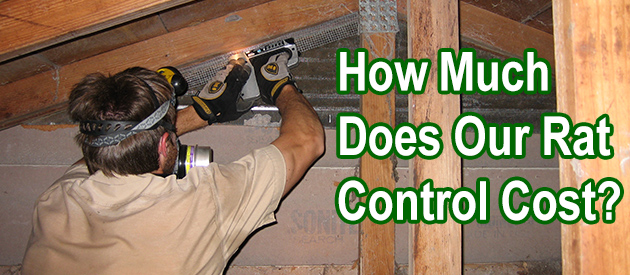Onondaga County, Syracuse Rat Control Situation:
Hi. I have recently noticed poop in one area of my garage which is also right next to where I have piled up a bunch of stuff I planned to sale at a yard sale so it is very possible there is more that I am not seeing easily within that stuff. We live next to a lot of undeveloped wooded land where we know there are a good bit of deer and presumably many varieties of wildlife and some cats we see around our house have killed a few rats lately but I looked at your rat droppings and what I saw in my garage doesn't seem to fit into the rat poop pictures or descriptions I found on your site. I an sending in separate email to see if you can tell me what I am most likely dealing with. My house is in a rural area outside Syracuse NY.
David: I live in Northern New York State and recently purchased a home that has have roof rats, and I've been told when the rats are beaten back some, the mice will come. There is already evidence of this, as I've noticed half eaten mice carcasses at various points. I hired a pest control company to trap the rats moving forward, but their plan is not as systematic and comprehensive as yours, so I want to do the sealing up myself. Though the task is daunting because I live in the country and my house has a Spanish tile roof that many describe a porous, I have done this before and think I can at least slow the problem to a light crawl. That said, I'm interested in equipment recommendations. I notice you use full body jump suits and face masks. What brands do you use? And your vacuum, does it require a hepa filter. You mention multiple speeds, will I need various vacuums to do the job? Can you recommend people who do this in Sonoma County (Santa Rosa City), California? thanks, John
Syracuse Rat Control Tip of The Week
Rats And Black Pepper
Rats eat almost anything. In their search for food, they can gnaw on plastic, wood, and even electrical wiring. A rat presence in your home can cause a lot of economic damage.
When this expense is added to the health problems rats' body fluids can cause, the best thing a person can do is getting them out of the house as soon as possible. The most common extermination way is using traps or rodenticides. However, there are more natural methods such as the use of peppers that cause unpleasant odors and tastes for the rodent and quickly drive them away.
Odors That Repel
Using repellents with unpleasant odors for rats is a way to keep them away from you in a friendly way. The advantage of not having to deal with the rodent's carcass can be worth the effort of constantly using these temporary methods. Rodents use their sense of smell to socialize as well as to survive. An odor such as ammonia often drives them away because it is very similar to the urine of large animals that could devour them. Spicy odors are perceived as dangerous chemicals that are also often avoided at all costs.
Black Pepper
Spicy food odors are unbearable for rats, thanks to their high capsaicin content. These natural compounds give the food its spicy effect, but they are also often very irritating to the mucous membranes and lungs of rodents. If ingested, they can cause a burning sensation in the taste buds and olfactory glands. Pepper is known to be able to scare away rats temporarily although this is not scientifically proven.
For all those people who are afraid of having to deal with poisons or homemade traps, finding new and less harmful options is a headache; however, homemade repellents like black pepper avoid harming other animals and humans, being a perfect choice. In any case, even if they are harmless odors, it is advisable to seek the advice and follow the instructions of a professional in the field.


